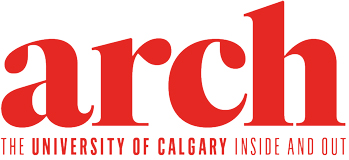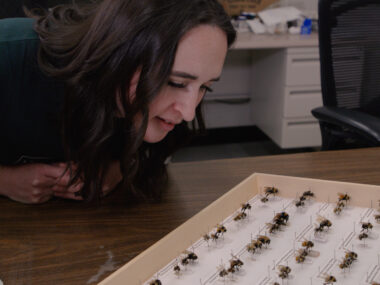Photography by Tim Nguyen, BFA’06
Written by Chantelle Sonnleitner
When you think of early printing presses, you might think of something found in a museum or dingy basement, rather than the Social Sciences tower in the heart of the University of Calgary’s main campus.
Yet, here you’ll find the Book Arts Lab and Letterpress Studio. This bright and active space on the 11th floor is where Dr. Maria Zytaruk, PhD, a professor of English in the Faculty of Arts, brings traditional machines back to life to teach students techniques used in the hand-press period between 1500 and 1800.
Zytaruk’s Book Arts Workshop details the bookmaking process from start to finish, including paper-making, lino block carving, letterpress printing and bookbinding.
Back in the days before mass printing, when hand-pressing books was common, each step in the process was done separately by a specialist. In this workshop, students work as a group exploring and learning together. As a result, they have a shared, collaborative experience to draw from.
“English can be a solitary thing to study; you research and write papers alone,” says Zytaruk. “In this class, the students have the opportunity to work together, collaborate, problem-solve and build a unique community within our department.”
The old-timey techniques are also steeped in sustainability.
“Nothing goes to waste,” says Zytaruk. “We even recycle the small shavings from our lino blocks.” Historically, metal type was meant to be reused for multiple printing jobs until it wore out, and paper was made from the linen rags of worn-out clothing.
English major Kailyn Tourney is particularly interested in sustainable papermaking. She is working in the lab as part of the Program for Undergraduate Research Experience, which helps students learn from on-campus experts about how research projects are developed and how results can contribute to new knowledge and problem-solving. Tourney’s research project, supervised by Zytaruk, is creating paper from garden waste and different kinds of plants.
“I came up with the idea while thinking about garden waste and finding a new life for it,” says Tourney. “Onion skin is very accessible waste; there is tons of it. Once I have made the paper, I can put my writing on it.” In addition to onion skin, she’s made paper from hollyhock stocks and rhubarb leaves. Next, she’ll try using raspberry cane.
Tourney is just one student building community and finding new relevance in old processes and techniques through the Book Arts Lab.
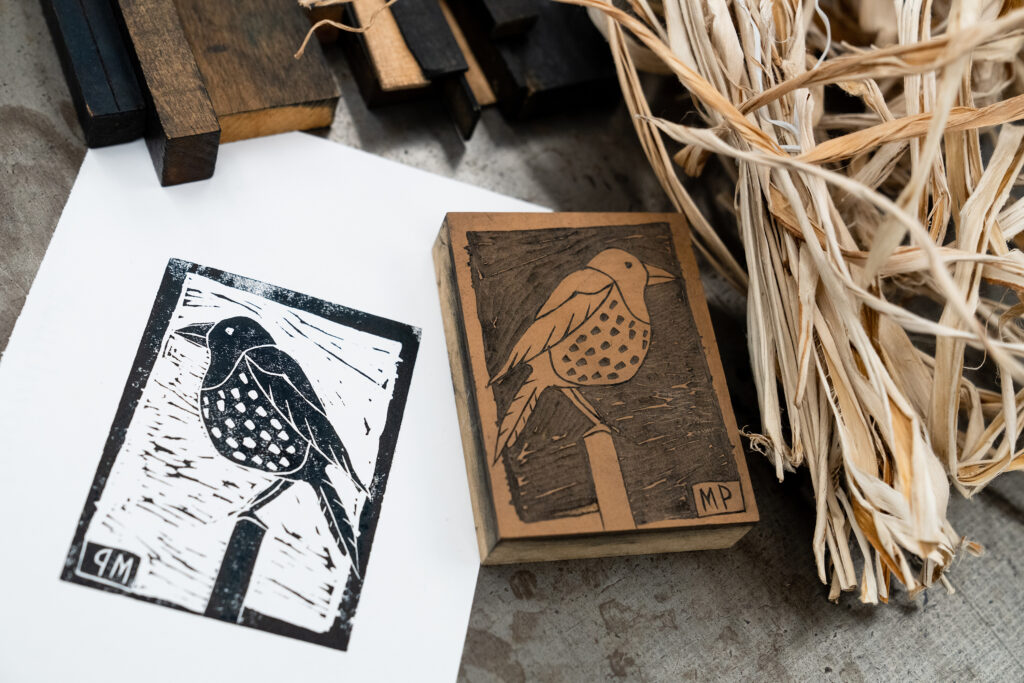
This bird lino block was carved and printed by student Madison Paul. The kozo fibre from the mulberry tree is used for making paper. The wood pieces along the top are called “furniture.” They are used in typesetting. Furniture is shorter than the height of the type and used to block out empty spaces.
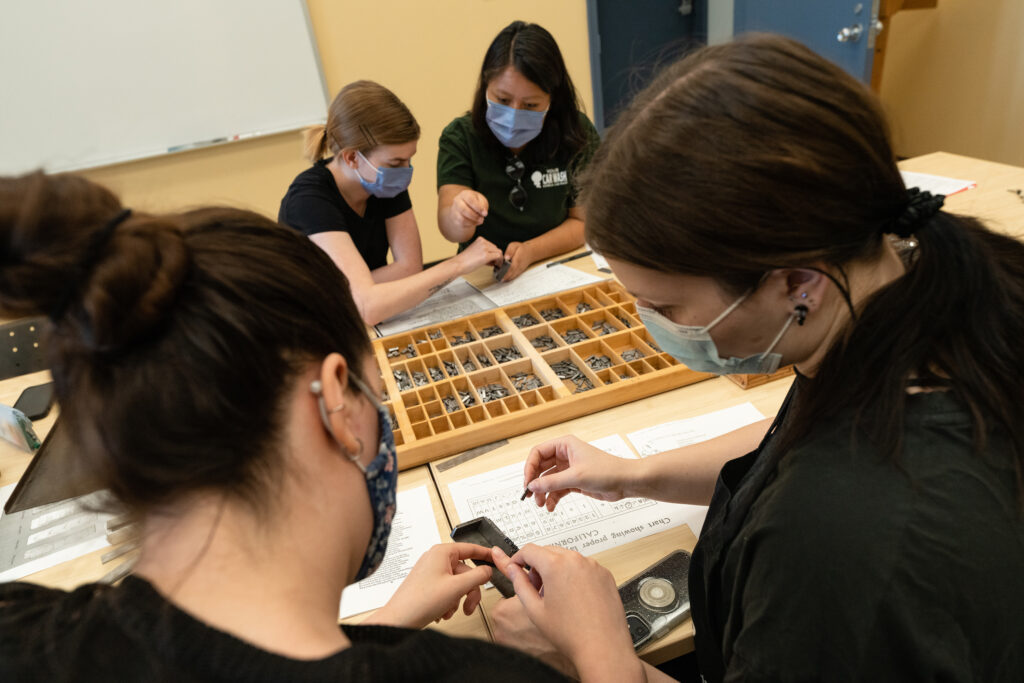
Students work in pairs to set one of Shakespeare’s sonnets in type, letter by letter, so that the text can be printed onto paper. “Sorts” is the term for metal character from a set of type face. The saying “out of sorts” comes from when a typesetter ran out of a common letter, thus becoming upset.
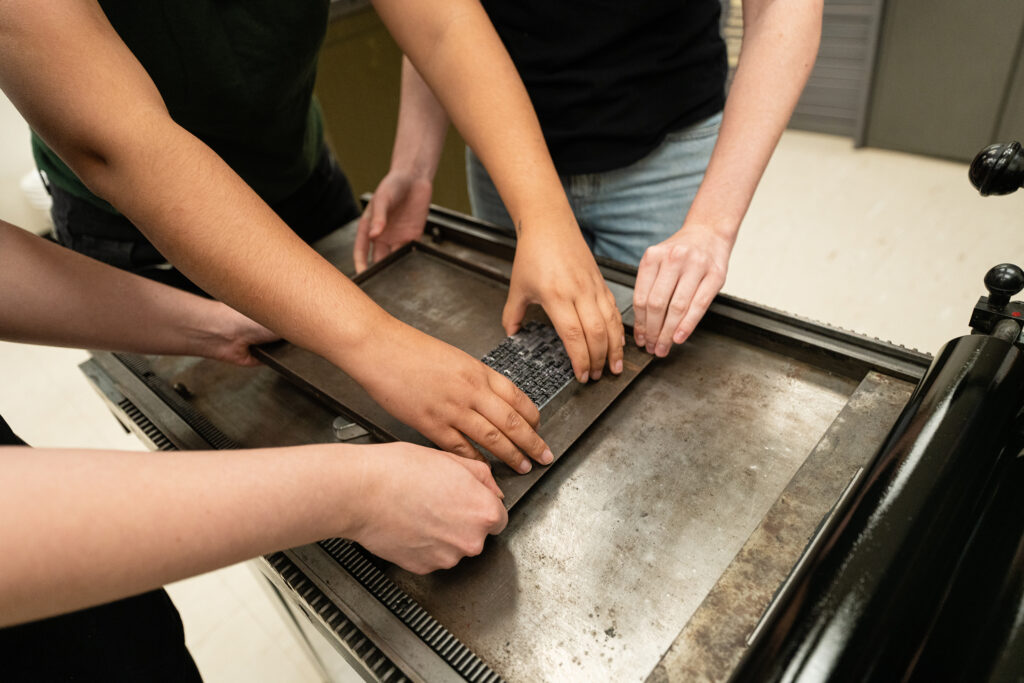
Three pairs of hands guide the text block of the finished sonnet off a galley tray onto a Vandercook SP15 printing press (dating back to the 1960s) so that it can be inked and printed.

Zytaruk supervises students placing their sonnet onto the “book beetle” (a small version of a Gutenberg-Style Press) and securing it with furniture.
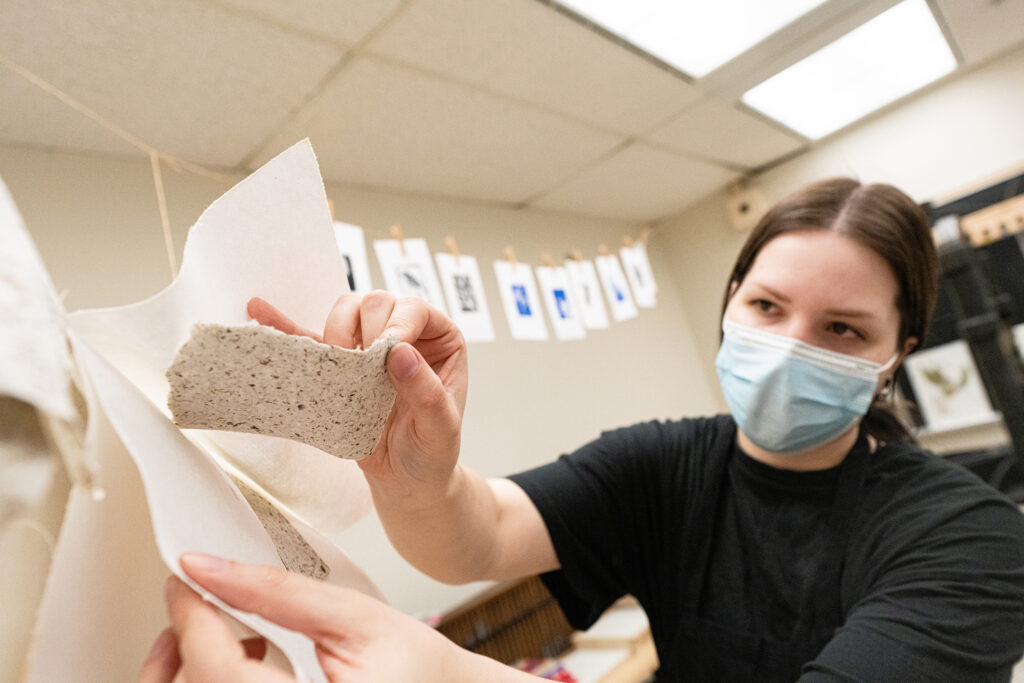
Tourney checks her paper, created from the pulp of rhubarb leaves. The next step in the process is for her to moisten the sheets and put them into a press to make them flat.
